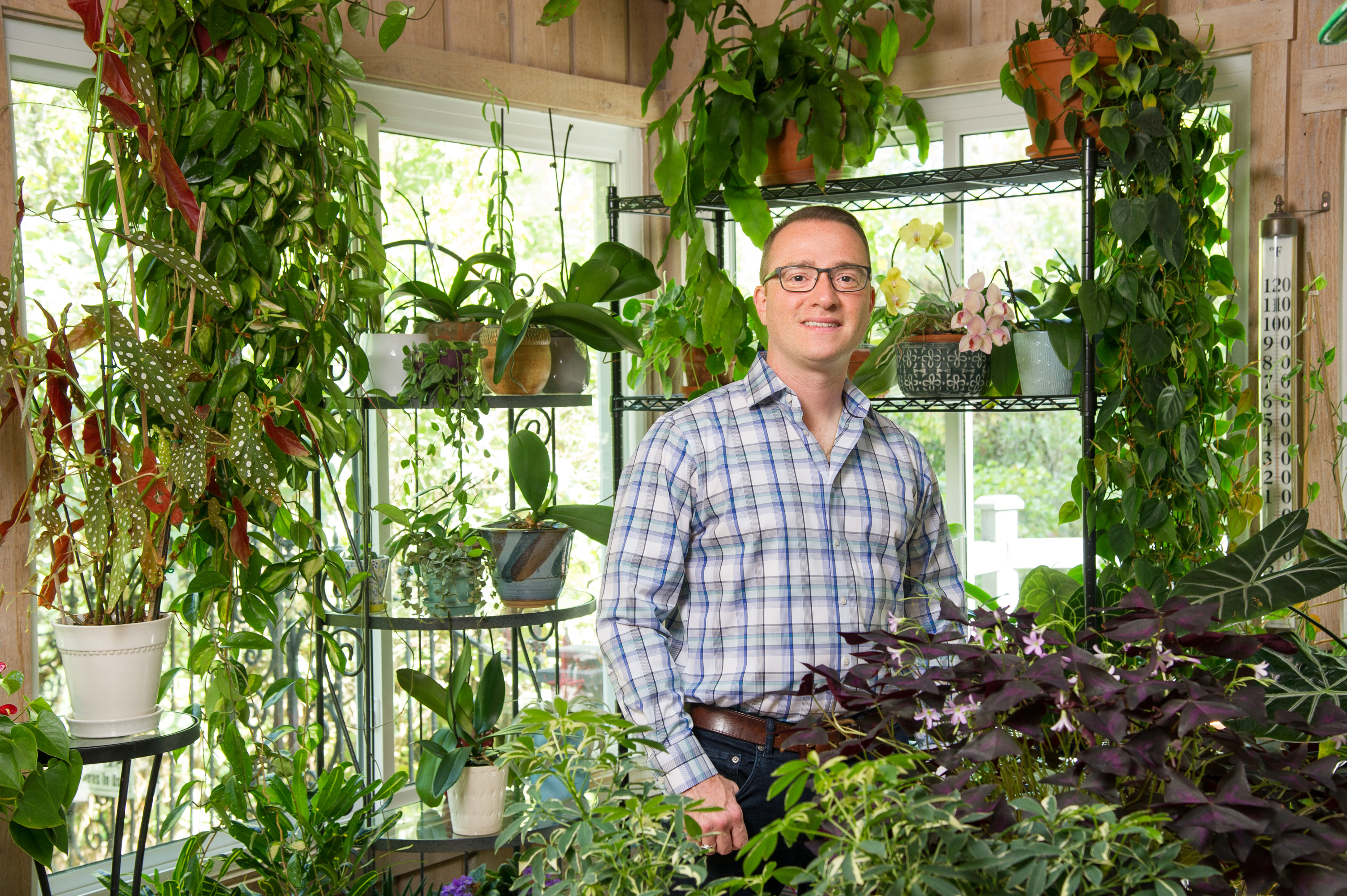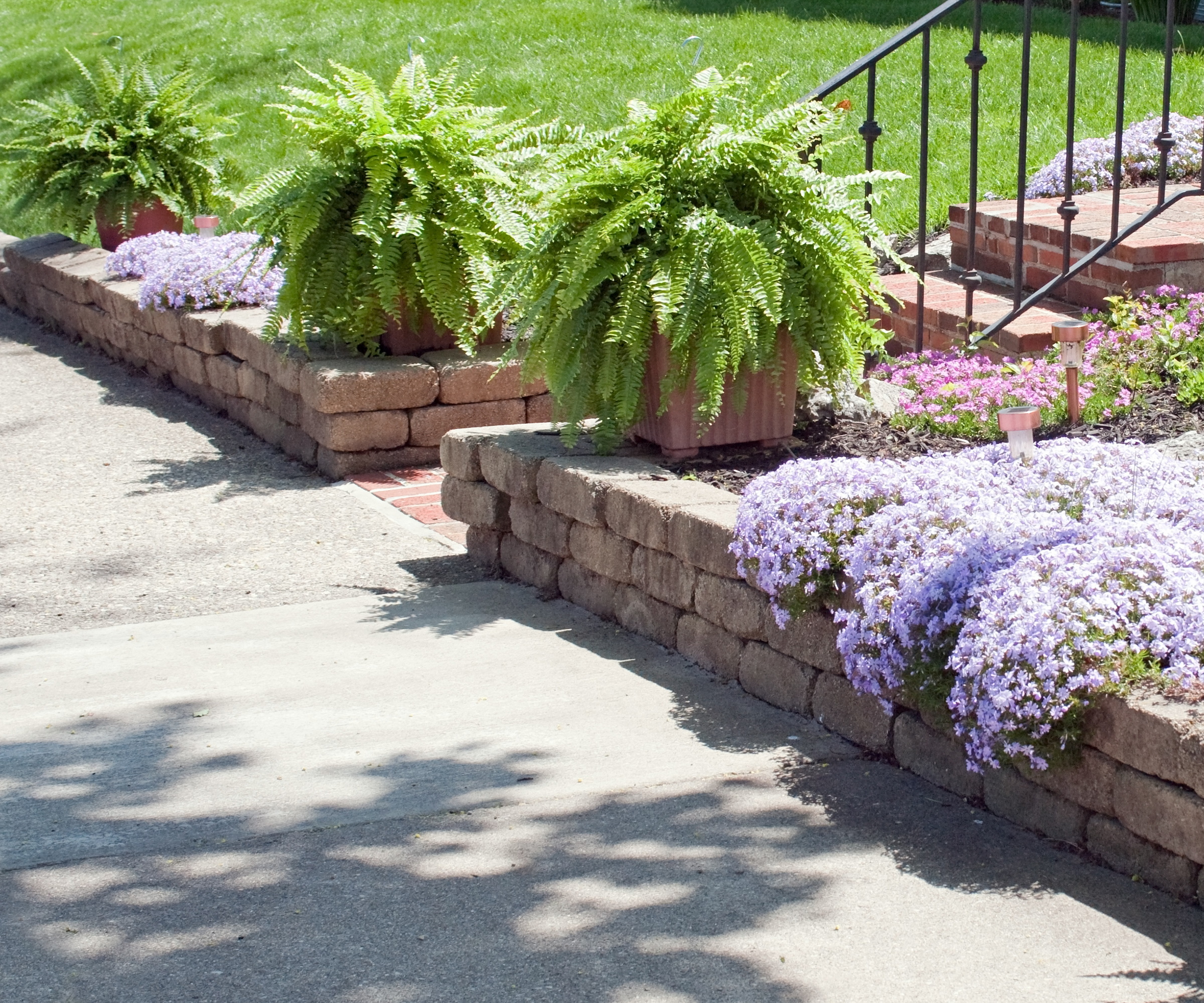Can you grow Boston ferns outdoors? Experts share how to do it successfully
With the right care, these popular houseplants can make attractive additions to your backyard planting


Boston ferns are popular houseplants for a good reason - their attractive fronds add texture to any room and they're easy to care for. But is it possible to grow Boston ferns outdoors, too?
The short answer is yes. You certainly can grow Boston ferns outdoors, as well as grow them as one of the best ferns to grow indoors. Of course, these beautiful plants will only thrive in certain climates, but there's no denying incorporating Boston ferns in your outdoor landscape can soften your planting.
Even if you already know how to care for a Boston fern as a houseplant, you need to be aware of the growing environment they require outdoors. That's why I've put together the ultimate guide for you to grow Boston ferns outdoors with success.

How to grow Boston ferns outdoors
The first thing you need to know before trying to grow Boston ferns outdoors is the US hardiness zone of these plants - the regions where these ferns will thrive in an outdoor environment.
'Boston ferns are hardy down to about US hardiness zone nine. But this doesn't mean that they prefer this,' says Raffaele Di Lallo, plant expert from Ohio Tropics. 'The foliage will be damaged by frost, but the plant itself will not completely die if kept in zone nine or warmer. These are mainly native to humid forests throughout South America and Mexico, so their foliage will best be maintained if you keep minimum temperatures above 40°F or so,' he explains.
Having said that, Boston ferns are one of the easiest houseplants to grow outdoors. Here's how to do it:

Raffaele Di Lallo is the founder of the blog Ohio Tropics which focuses on the care of houseplants and other tropical plants, both indoors and outdoors. He has a large following on Instagram where he gives plant care tips and is the author of Houseplant Warrior: 7 Keys to Unlocking the Mysteries of Houseplant Care, published by Countryman Press. Raffaele is a member of the National Garden Bureau.
How to grow Boston ferns outdoors

- Position: It's no secret that ferns are among the best shade plants, so you can get away with placing your Boston fern somewhere hidden from the sun. 'Boston ferns are best grown either in full shade, or partial sun outdoors. Avoid locations with harsh mid-day sun which can potentially cause leaf scorch, particularly if you live in a climate that is hot and dry,' advises Raffaele. Too little light, however, can cause stunted growth and yellowing foliage. To protect these plants from frost, it's also wise to plant them in containers so you can move them somewhere sheltered.
- Water: As with other ferns, it's important to not let your outdoor Boston fern dry out. 'Boston ferns like humidity and slight dampness. Water them regularly, especially if it’s hot out, keeping the soil moist but not soggy,' advises Marek Bowers, garden expert and founder of Bolder Green. 'Mist the leaves once a week, especially if you’re in a dry area - this will keep their fronds from drying out and stop your fern turning brown.' Use this soil moisture meter from Amazon to monitor moisture levels and identify when it's time to water your plants. You can also use similar methods to increase humidity for houseplants to boost humidity levels for your outdoor Boston fern. Try using this plant mister from Walmart, for example.
- Overwintering: As mentioned, Boston ferns are not tolerant to frost and require some protection from harsh weather. Luckily, it's fairly straightforward to overwinter a Boston fern. 'To overwinter Boston ferns, you should bring them indoors before the first frost,' advises Tammy Sons, horticulturist and CEO of TN Nurseries. You should also reduce watering and avoid fertilizing mistakes by not feeding your Boston fern during its dormant season. You should then care for Boston ferns as you would when they're houseplants, placing them somewhere with plenty of bright, indirect light. 'You should do this when temperatures start to dip below 50°F,' notes Marek. Like preventing pests when you bring houseplants back indoors, make sure to isolate your Boston fern. 'Place your fern in a location where you don't have any other plants nearby so that pests don't spread if they are present,' Raffaele explains.

Tammy Sons is a horticulture plant expert, garden writer, and educator. Tammy is the CEO and founder of TN Nursery, a thriving online plant nursery based in Altamont, Tennessee. She is also a prolific writer, sharing her knowledge through articles on various gardening topics, including plant care, sustainable landscaping, and the latest trends in horticulture.

Marek is a sustainable landscaper and an expert on California and Colorado low-water rebates. Marek's website, Bolder Green, is a guide to eco-friendly gardening. Through his articles on drought-tolerant landscaping and xeriscaping, readers will learn how to design stunning gardens that conserve water and support wildlife, all while adding beauty to their outdoor spaces.
FAQs
When should you prune Boston ferns?
It's best to prune your Boston fern just before its active growth season in spring. This will encourage new, bushier growth for your fern. Use essential pruning tools, like these pruning shears from Amazon, to cut back fronds at the base. You can, of course, also prune away any damaged foliage throughout the year to keep your Boston fern in a healthy condition.
Design expertise in your inbox – from inspiring decorating ideas and beautiful celebrity homes to practical gardening advice and shopping round-ups.
There are lots of other ferns for shade you can pair with outdoor Boston ferns. If you love the look of these ferns in particular and want more of them in your yard, try propagating your Boston fern.

Tenielle is a Gardens Content Editor at Homes & Gardens. She holds a qualification in MA Magazine Journalism and has over six years of journalistic experience. Before coming to Homes & Gardens, Tenielle was in the editorial department at the Royal Horticultural Society and worked on The Garden magazine. As our in-house houseplant expert, Tenielle writes on a range of solutions to houseplant problems, as well as other 'how to' guides, inspiring garden projects, and the latest gardening news. When she isn't writing, Tenielle can be found propagating her ever-growing collection of indoor plants, helping others overcome common houseplant pests and diseases, volunteering at a local gardening club, and attending gardening workshops, like a composting masterclass.